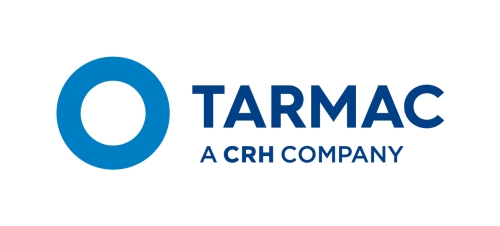
Overview
Suitable for:
Line Managers and Supervisors at any level.
Resources:
How Leaders Build Trust
To be effective, leaders need their team’s trust. But how do you get that trust — and how do you get it back if you’ve lost it? Three behaviours are essential. The first is to create positive relationships on your team. There are a number of ways to do this, including: helping employees cooperate, resolving conflicts between others, giving honest feedback, and checking in with people about their concerns.
The second behaviour is to demonstrate expertise and judgment. People are more likely to trust you if they believe you have technical know-how and the experience to make good decisions about the team’s work.
The last behaviour is to be consistent. You must do what you say you will do. Follow through on your commitments and keep any promises you make. You don’t need to be perfect at these three behaviours to be a trusted leader — but you do need to be good at them.
Harvard Business Review - June 2019
Cultivating trustworthy leaders
The literature tells us that trustworthiness is defined based on four characteristics: ability, benevolence, integrity and predictability. These four characteristics form the foundational pillars of trust:
• Ability describes perceptions of leadership competence in doing their job or fulfilling their role.
• Benevolence describes a concern for others beyond leaders’ own needs and showing levels of care and compassion.
• Integrity defines how trustworthiness is linked to being seen as someone who adheres to principles of fairness and honesty while avoiding hypocrisy.
• Predictability emphasises how leadership behaviour has to be consistent or regular over time.

Did you know
Compared with people at low-trust companies, people at high-trust companies report: 74% less stress, 106% more energy at work, 50% higher productivity, 13% fewer sick days, 76% more engagement, 29% more satisfaction with their lives, 40% less burnout.
Deloitte case study
An anonymous online ‘diversity climate assessment’ was conducted of employees from a large healthcare organisation. A total of 4,597 respondents (49% response rate) completed the assessment. Respondents were a blend of females (79.2%) and males, and a range of ethnicities including employees identified as ethnic minorities (21%).
Three hypotheses were tested using Edwards and Lambert’s (2007) moderated mediation analysis framework.
- Employee positive perceptions of diversity practices will be positively related to employee engagement
- A positive trust climate will partially mediate the relationship between diversity practices and employee engagement
- Perceptions of inclusion will moderate the relationship between diversity practices and engagement.
- There is a statistically significant relationship between diversity practices and employee engagement at work, for all employees.
- There are statistically significant causal linkages (path coefficients) from diversity practices to trust, and trust to engagement.
- The effect of diversity practices on trust and engagement are statistically significant with higher perceived levels of inclusion.
Click HERE to view the full case study
Additonal resources
Harvard Business Review article:
For more information contact:
